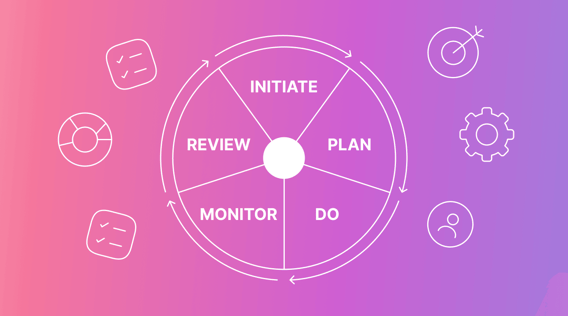Are your projects often delayed, exceeding their budget, or suffering from scope creep?
Revamping your project management process can help minimize issues with better and more consistent project planning and execution.
By learning the five project management phases and what you can do better in each one, you can set your future projects up for success.
The 5 phases of project management and the 5 process groups of PMBOK
The five phases of project management represent the natural stages in the process of ideating, planning, and executing a project.
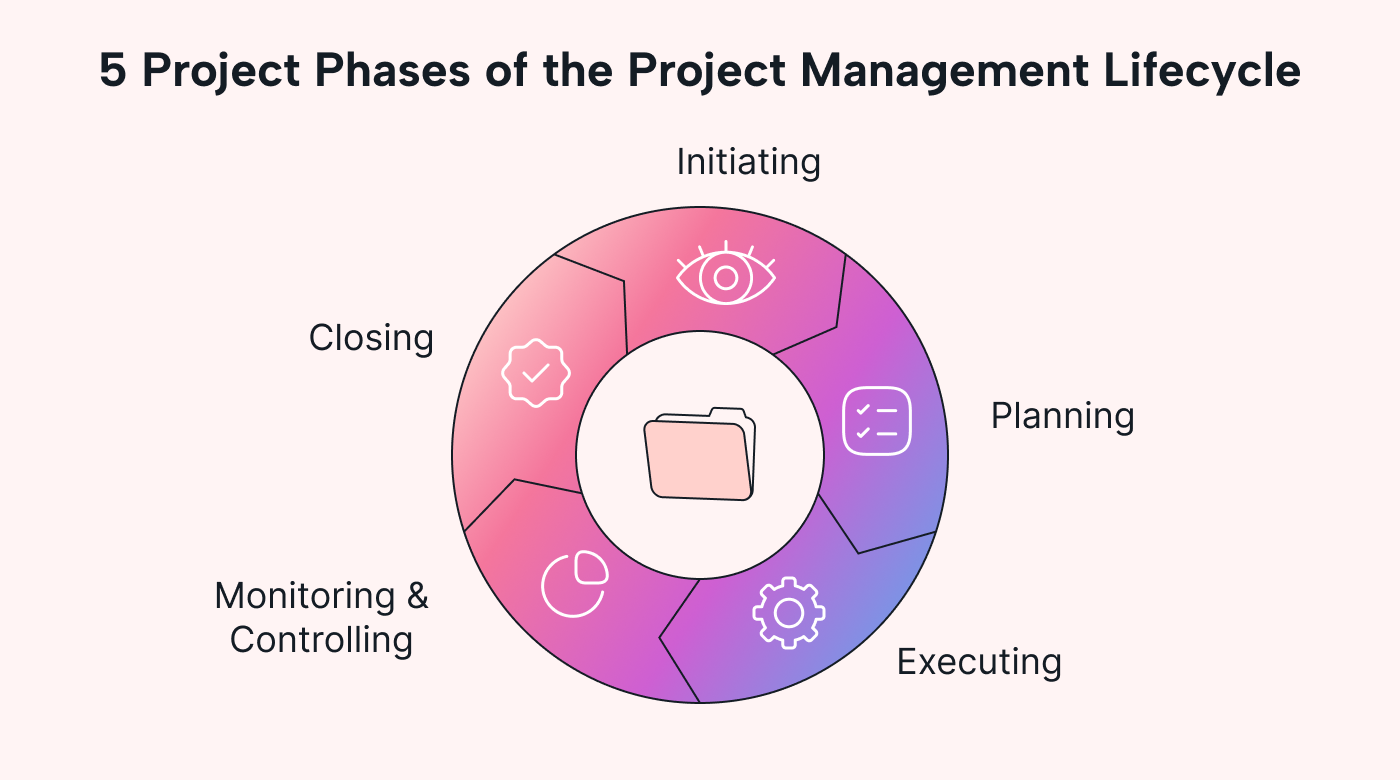
There's:
- Initiating: This stage is where you come up with the idea of a project and start to conceptualize the goals and requirements.
- Planning: This stage is where you figure out the project scope and plan the schedule, budget, milestones, deliverables, and more.
- Executing: This stage is where you, as the project manager or owner, will manage the project team as they progress.
- Controlling (or monitoring): While technically concurrent with the execution stage, you typically single out milestones where you review progress and compare it to your project baseline to help you adjust when necessary.
- Closing: This phase is where you review the finished project and learn from any bottlenecks, miscommunication, or other mistakes.
This is a high-level view of the project management process, but what about the actual plans, meetings, and artifacts?
In the PMBOK (Project Management Body of Knowledge) book, five process groups correspond with these phases.
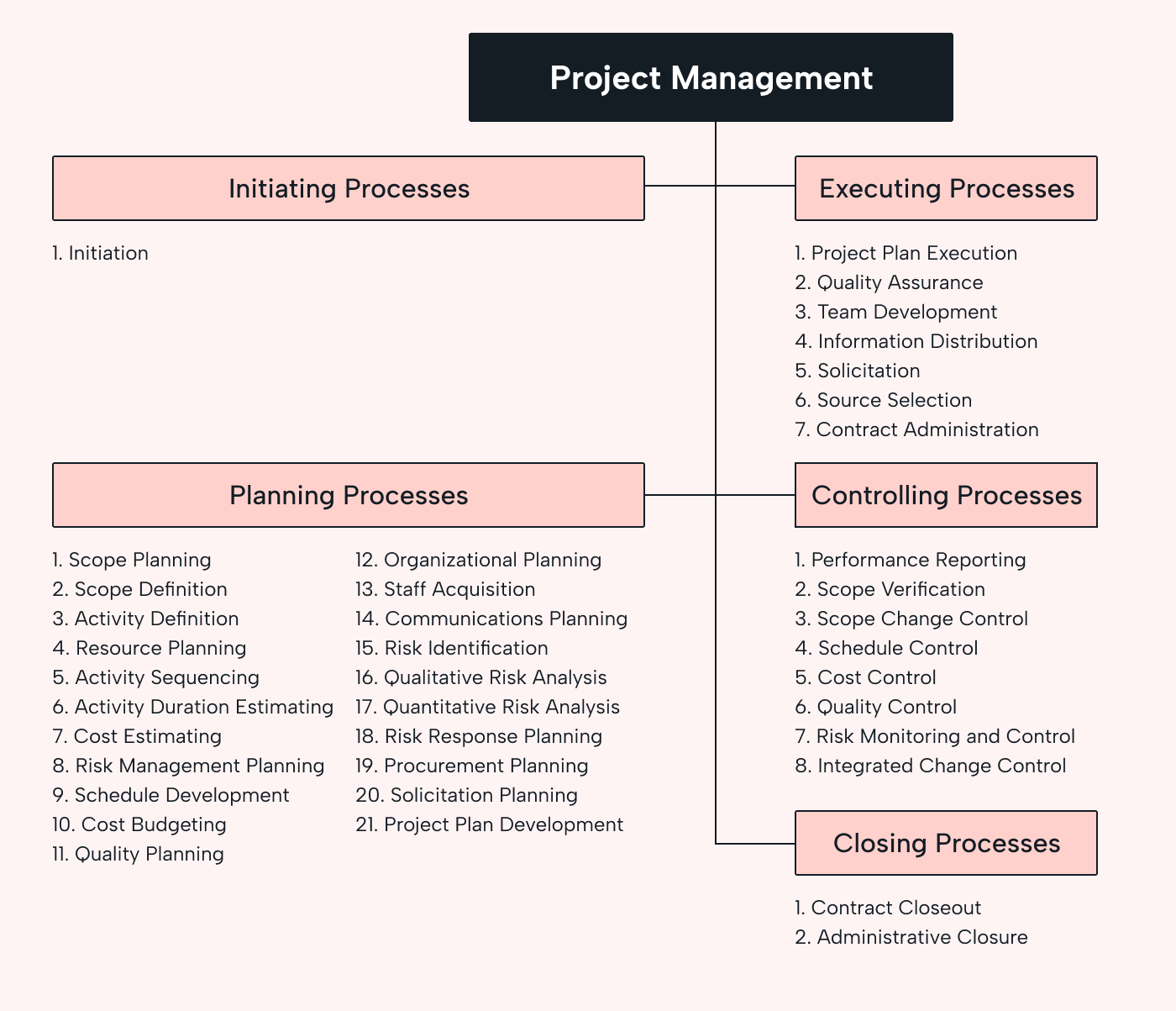
As you can see, PMBOK recommends 21 different processes during the planning phase alone. This can feel like overkill for smaller teams, projects, and companies.
We agree that studying these formalized sub-processes may not be the best way forward unless you’re studying to pass your Project Management Professional (PMP) exam.
So, in this guide, we’ll instead focus on the most important things you can do during each stage — your highest ROI activities. We’ll walk you through concrete examples to help you immediately improve how you plan, execute, or adjust your projects.
How to optimize every stage of the project management process
Want to optimize your project management process through all five stages? Follow the concrete steps laid out below.
Project initiation: Earn buy-in, focus on the right ideas, and create more realistic estimates
For the ideal start to a project, you need everyone involved in the project to care. That’s what project management professionals like to call “stakeholder buy-in.”
A good way to increase the buy-in of internal stakeholders — employees and managers — is to source a backlog of project ideas from your team. Then, choose the highest priority idea collectively (with all external stakeholders and relevant employees present).
Now that you have a project idea everyone loves, you can start planning your entire project:
- Invite subject matter experts to the kick-off meeting, not just managers and key stakeholders. For a product redesign — like a new consumer version of the company’s automated plant watering system — this would be designers and engineers.
- At the meeting, create — again, collectively — a project charter of your financial and schedule estimates.
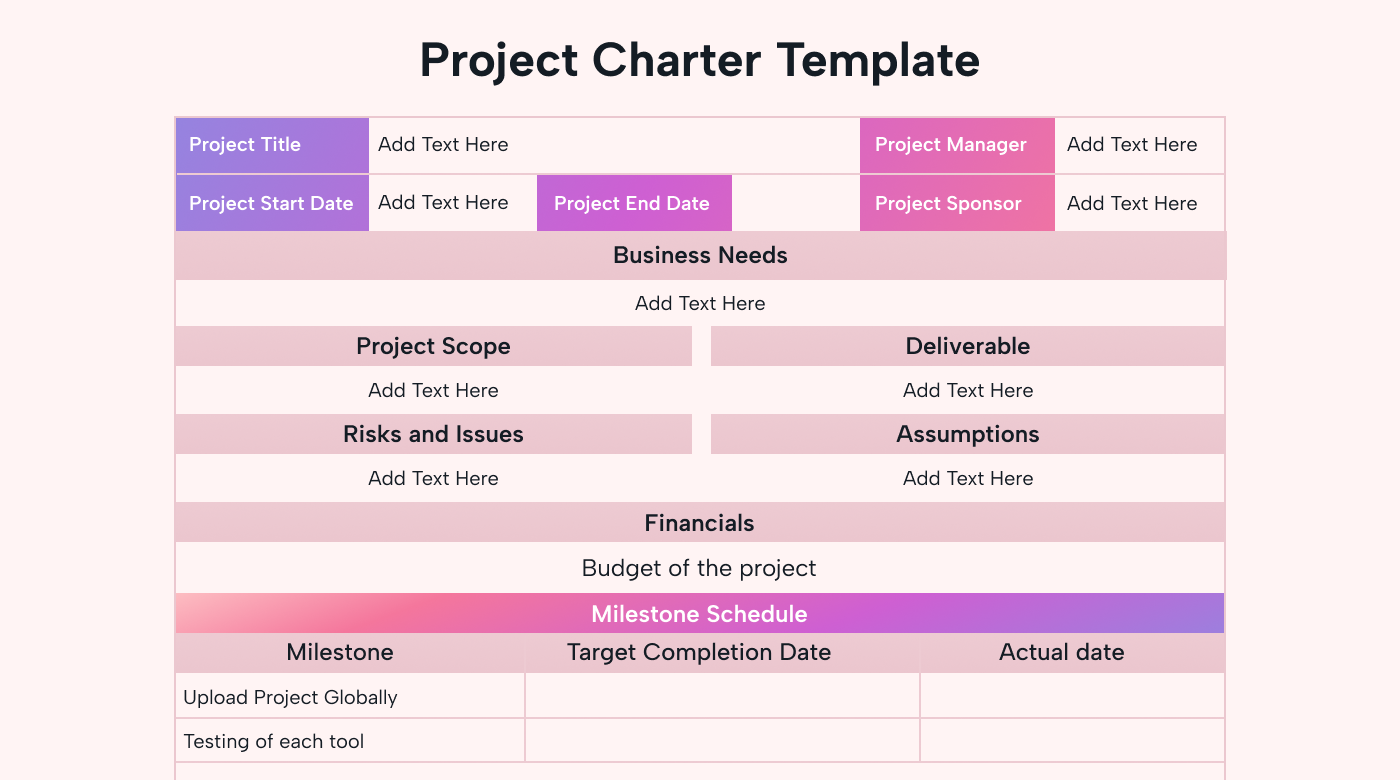
- Improve your initial scope estimates by considering risks and adjusting based on historical discrepancies between the initial idea and the finished project.
Project planning: Set a clear baseline, use a WBS the right way, and create better budgets
When defining project objectives or milestones during project planning, be specific about what you want to achieve.
One popular goal-setting framework that can help is SMART goals. It prescribes specific, measurable, achievable, relevant, and time-bound goals. So, not: “We will increase our market share in Georgia.” But: “We aim to increase our market share in Georgia by 33% by December 31, 2025.”
When you have the initial goal laid out, you need to figure out all the project requirements and deliverables. You must involve subject matter experts here to get a reliable estimate of your project. For an internal project to increase market share, talk to sales development reps and account executives, not just the sales manager.
Basically, you must accurately outline all the high-level milestones needed to achieve the project.
Once you have this overview of the project’s scope and crucial deliverables, it’s time to start formulating your plan. So get granular with project deliverables and tasks and create your work breakdown structure (WBS). Project managers call this process “project decomposition” since you break a large project into smaller pieces.
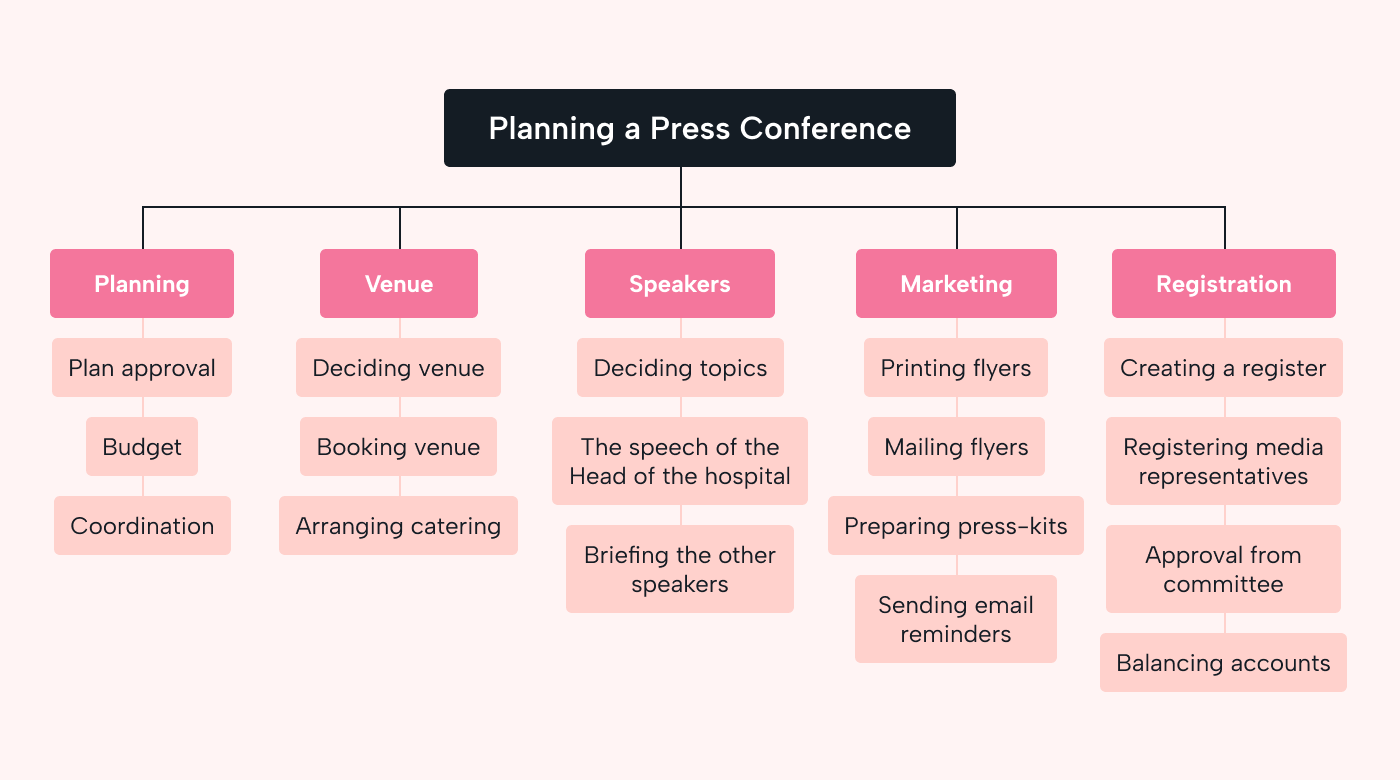
When creating your WBS, you need to strike the right balance between detail and project visibility. Dividing the project into too many deliverables and sub-deliverables will make it hard to decode. On the other hand, a WBS without enough detail won’t be any real help when planning the project schedule.
You also want to avoid creating a WBS before you have a clear vision of the project and its scope. So don’t begin drafting it up before meeting with the project team and subject matter experts.
With a WBS in place, you can start building out the project schedule and project budget in more detail. Use the WBS as a roadmap for where to implement milestones and how to divide teams. But don’t create a fixed schedule or project baseline until you’ve had input from the teams in question.
One key to creating reliable schedules and budgets is to do thorough risk assessments. Let’s go back to the automatic watering system example for a second. Before beginning the project, a risk analysis could reveal plenty of things that could go wrong:
- Suppliers could back out or fail to deliver suitable pipes or pumps on time.
- The weather could delay shipments and your entire supply chain.
- Product testing could reveal issues with the design, sending you back to the drawing board.
To counteract this, you could leave room in the schedule for supplier mishaps and redesigns and line up backup suppliers.
Dialing up your pessimism and building contingency planning into your project planning stage is the solution.
Project execution: Manage tasks, responsibilities, and resources effectively
This is the project stage where you need to turn the plan into reality. As a project manager or team leader, you need to translate the high-level project schedule into actual to-dos for your team members.
Using task management software, you can avoid overwhelming team members with long, uncompleted lists of tasks. Instead, they can focus on the ones assigned to them in a weekly calendar or team-specific Kanban board.
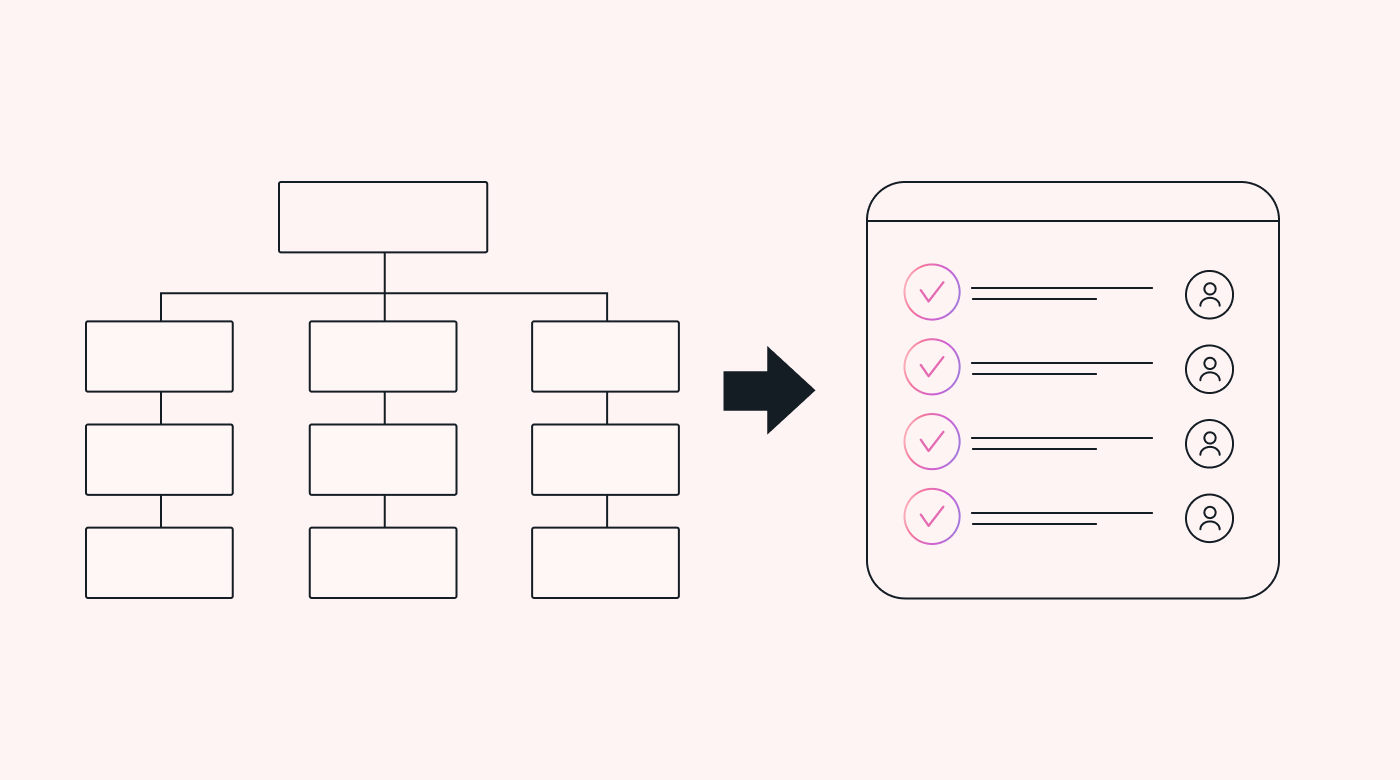
You need to assign resources effectively to make things happen according to schedule. One common mistake is to assign tasks to employees busy with non-negotiable processes.
For example, suppose an engineer is busy “keeping the lights on” — like overseeing the production of an already selling product. In that case, they’ll struggle to find time for a project with only a potential payoff.
Ensure that employees involved in the project have scheduled time in their calendars to work on the project and that their immediate superiors respect that time.
During the execution phase, the job of the project manager or team lead needs to fulfill many roles:
- An office diplomat — clearing time commitments with other managers and employees.
- A bottleneck de-clogger — anticipating bottlenecks and clearing them, for example, noticing a team assigned too many tasks and reassigning preemptively.
- And the “traditional manager” — keeping up with milestones and progress and ensuring things go according to plan.
If you only notice issues after a milestone or deliverable is already delayed, you cannot keep your schedule. To finish a project on time, you need to fix issues before they manifest huge delays.
Luckily, you don’t need to be psychic to do this. The best way to spot issues before they start hurting is to set up a solid monitoring phase.
Project monitoring: Make educated adjustments and make sure everyone is on the same page
Project monitoring is a phase that happens at the same time as execution. It’s essentially the process you’ve set up to track project progress and compare it to your planned schedule.
To do this effectively, you need to create a detailed project baseline. That’s how you can quickly spot when/where adjustments are needed (when your progress deviates from the baseline). Use experience from previous similar projects to estimate the timelines of different milestones.
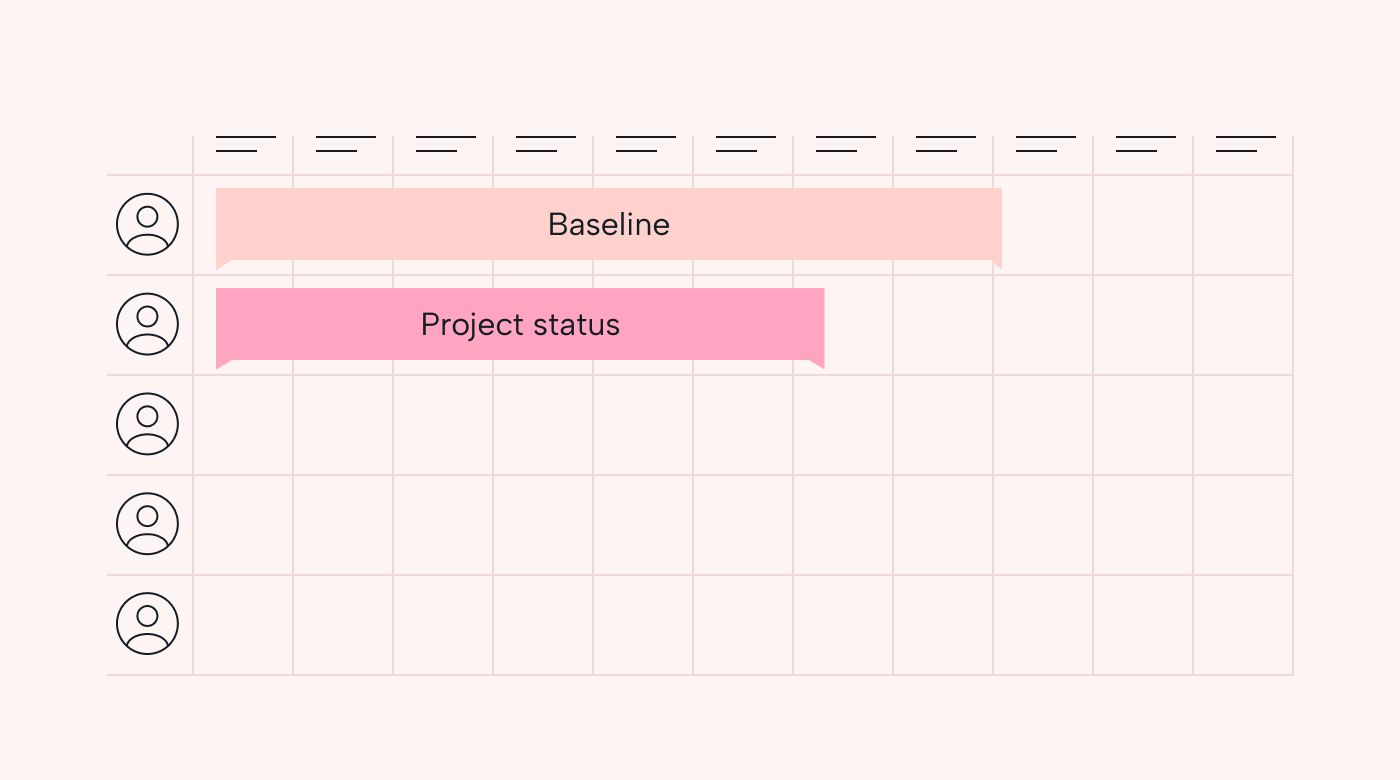
Break larger deliverables — like a product design — into multiple stages, like product sketches, CAD drawings, and final designs. This will help you spot delays a lot earlier and adjust accordingly.
For example, let’s say CAD drawings for the watering pipes took a week longer than expected. The project manager noticed thanks to the baseline and adjusted to focus on tasks not dependent on the finished pipes.
The second aspect of project monitoring is that you need to make sure everyone is on the same page.
The best way to do this is through regular meetings and status reports. (For larger-scale projects with many stakeholders, preferably outlined in a project communication plan.)
Project closing: Take the time to learn from the project
Project closing is the most underestimated stage in the project management process. It may even be the most important in industries with many similar projects every year — like marketing or construction.
If you don’t learn from previous mistakes, you’ll simply repeat the same ones over and over. But when you’re dedicated to learning from them, past mistakes are a treasure trove of insight.
As Henry Ford said, “The only real mistake is the one from which you learn nothing.”
So set up a process that helps you learn from everything that went wrong (and well) in the project:
- Hold a “project closing meeting” with every project stakeholder present. Ask them to identify standout issues and successes while it’s still top of mind. For larger projects, hold one after every important project phase — planning, prototyping, and launch.
- Evaluate your project plan's accuracy at every stage, and look at which bottlenecks led to delays and how you can avoid them in the future.
- Do a project cost breakdown, compare it to your budget, and analyze the discrepancies.
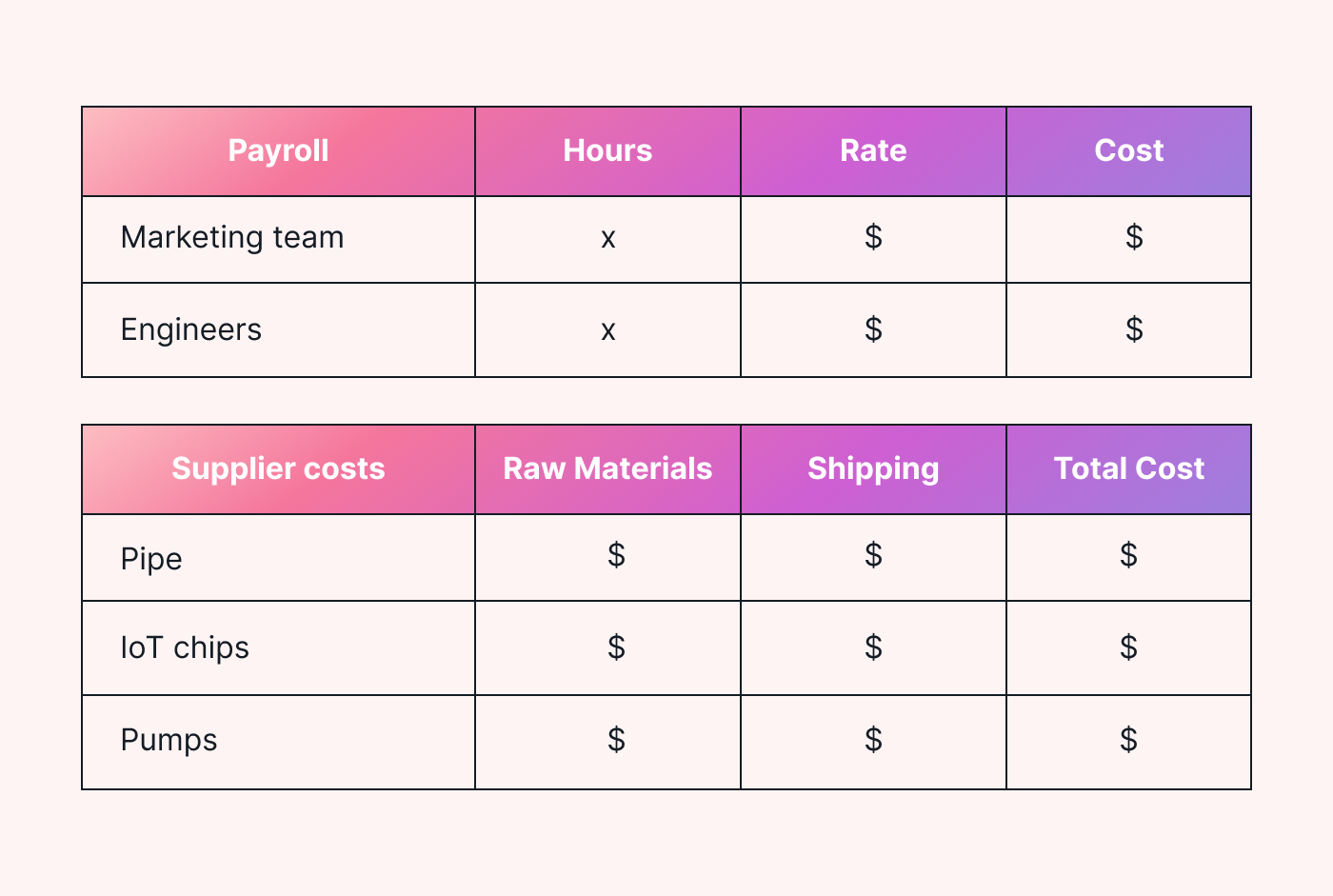
- Review notes from status meetings or status reports throughout the project.
- Create a catalog of the worst bottlenecks, delays, and other issues, and their causes.
- Ideate ways to solve these issues for future projects. If it’s a recurring issue, make solving it a project of its own. The project goal might be: “Improve project scheduling accuracy by 70% for project Z.”
To get your project stakeholders to respect this part of the process, set the right expectations at the outset. Start by reviewing issues from past similar projects and comment on how it’s a priority to continually improve the process.
During the project meetings, make bottlenecks a priority topic. But never cover them in an accusatory tone. The setting must be exploratory — we want to find out what went wrong and how to fix it, not focus on who did what wrong.
Towards the end of a project, make sure everyone knows the closing meeting is happening and when.
Make project execution and monitoring easy with Motion
Keeping your project running efficiently is incredibly difficult if it is already underway. Even the most experienced project managers struggle with the execution phase. It’s never easy to go from a project plan to a finished project.
Motion’s smart scheduling can help you speed up task assignments, minimize bottlenecks, and stick to your project schedule.
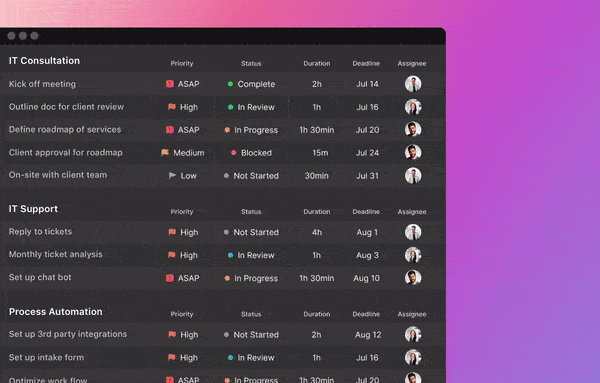
Here’s how we can help:
- Motion helps employees find the time for cross-departmental projects. Our AI-based calendar scheduling algorithm slots in tasks automatically where employees have time.
- Motion keeps the project moving forward efficiently with AI-powered task scheduling. Because our model considers priority, deadlines, and task dependencies, team members always work on the most urgent and compelling project tasks.
- It helps your employees stick to the plan in a stressful, ever-changing business environment. What happens if they get a last-minute meeting or client call? Motion automatically reschedules your employees’ calendars based on incoming priority or non-negotiable tasks.
On average, teams are 137% more productive when they use Motion. Want to see how your project team can work faster with fewer aimless meetings and less confusion? Sign up for Motion’s 7-day free trial today.

